Results 1 to 9 of 9
 14Likes
14Likes
Thread: First post WW1 razor
-
03-30-2014, 02:19 PM #1Junior Member

- Join Date
- Mar 2014
- Posts
- 2
Thanked: 2 First post WW1 razor
First post WW1 razor
This is my first post after stumbling across this site.
My dad used to own a small barberís shop in London and when he died nearly 20 years ago I had to pack up the contents of the shop a couple of days later. I had spent many fine hours watching my dad work there and after sitting in the Barberís chair one last time knowing the finality of the occasion, I solemnly boxed up what I could and tried to come to terms with my loss.
Some of the boxes went to the Charity shop over the years but I found a little collection of straight razors the other day. Most of which are still unused and covered in oil. As I see that you guys appreciate a little history of the razor I thought I would share the details I found out about the Ford and Medley in the picture.
The box had some writing on it so I tapping in RFC and France, HQ 1916 Ė 1919. The search came back as Royal Force Corp (prior to being named Royal Air Force), the years relating to World War One when RFC had a headquarters in France.
I guessed that the razor belonged to a pilot so I tapping in the number at the top 35844 and after trying the National Archives it returned a result of George Byne Wingrove with that number. It suddenly hit me that his name was written across the middle. I had thought G.B. stood for Great Britain but it was George Byne Wingrove.
This dates back to when the pilots had dogfights with Sopwith Camels and reading the term Dogfight came about because the pilots had to regularly turn off their engines during fights to stop them stalling and turning them back on mid-air which the resulting noise of the engine starting again sounded like dogs barking and this was before parachutes.
This period of 1916-1919 included the Battle of the Somme when some 60,000 British soldiers died in one day and around 10 million soldiers died in total before the treaty was signed in 1919. For this to survive in this condition is amazing in itself.
Iím only reading this off the net and Iím no expert but it has made fascinating reading.
Iíve not tried a straight razor before but Iím going to look to keep one and give it a go.
Any advice or comments would be great.
Regards
Phil
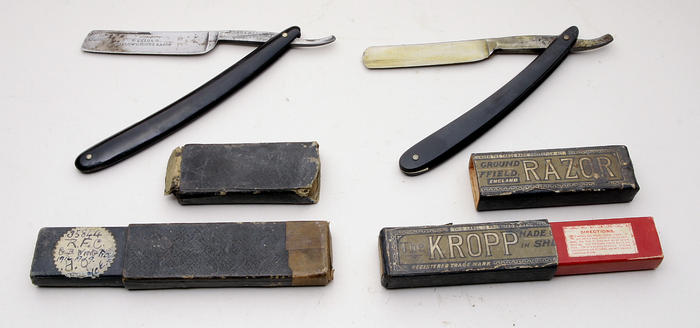
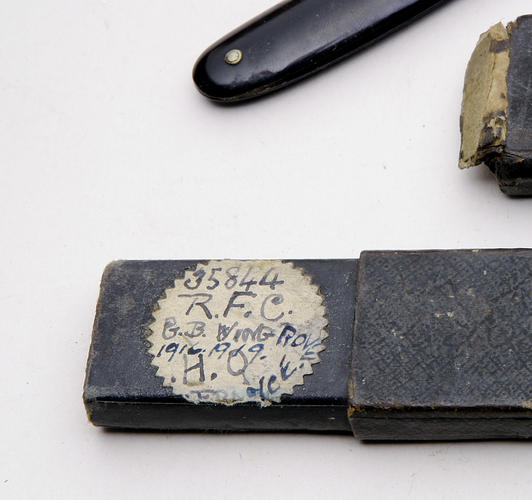
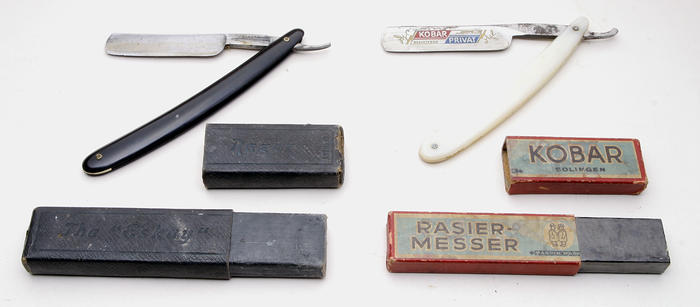
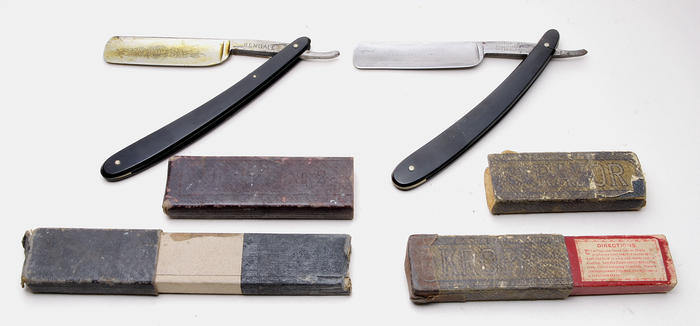
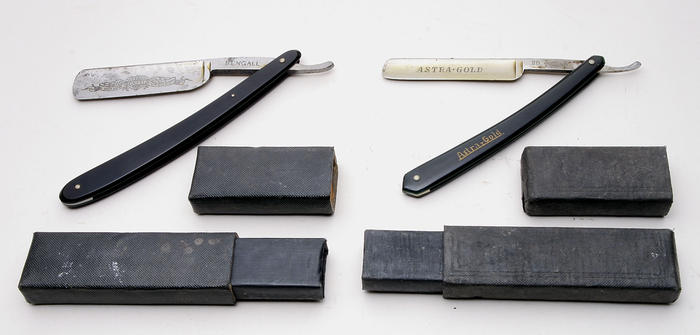
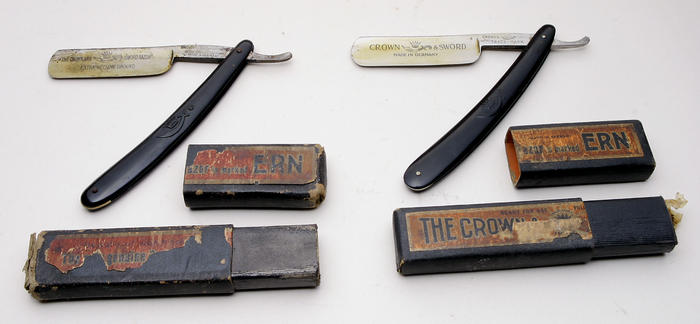
-
-
03-30-2014, 02:34 PM #2

That is great stuff. Some nice looking razors there. They all look like they all can be made to shave. If it were me I would have 1 honed and give it a go. If you like it you may want to hold on to them because we all know 1 razor is not enough. Great collection with history and a personal connection it does'nt get any better.Enjoy.
-
03-30-2014, 03:02 PM #3Senior Member



- Join Date
- Mar 2012
- Location
- Thunder Bay, Ontario, Canada
- Posts
- 17,393
Thanked: 3228
You are lucky to have discovered the fascinating back story to the Ford and Medley. It is rare to know that sort of thing in most cases. Personally I would clean up and get one honed to try your hand at straight razor shaving. I would have a hard time letting any of them go because of a family connection and would keep them all as a collection even if I did not use them. Thank you for posting.
BobLife is a terminal illness in the end
-
03-30-2014, 03:03 PM #4

The Kropp were the "Workingman's Razor!" Not fancy but as good a quality as any made there in Sheffield. The others are very high quality without being fancy. Back in the day a good man may have earned a dollar a day. The aviator may have earned 3 Shillings six pence a day or ~70£ a year.
Be yourself; everyone else is already taken.
- Oscar Wilde
-
03-30-2014, 03:28 PM #5Senior Member

- Join Date
- Mar 2012
- Posts
- 273
Thanked: 43
I thank you for your history lesson that is tied to straight razors.
I frequently daydream of how things must have been during the times when those old razors were sitting in a box on a shelf in a store.
I very much like the razors as razors, but thinking of their place in history is what makes them so special to me.
-
03-30-2014, 07:23 PM #6Junior Member

- Join Date
- Mar 2014
- Posts
- 2
Thanked: 2
Hi guys, thanks for the comments. I have been captivated searching for more details but I have hit a dead end. The thought of this piece of memorabilia being on the front line is fascinating as well as its journey to my Dad’s shop.
I’ve been trying to get the feel of each razor, can I ask are the thinner blades easier to use?
-
03-30-2014, 08:51 PM #7

Those are a fantastic find. I'd suggest having them 'professionally' look at and see what suggestions come out of that review,
-
03-30-2014, 09:01 PM #8

That is simply too cool, Phil! Congratulations on your terrific find, and thanks for doing the research.
And thanks for sharing!
-
03-30-2014, 09:12 PM #9

Fascinating, and that you for sharing the history behind the razor...it's one of the aspects of shaving with a straight that I like so much. Shaving with a 150 year old razor, you can't help but wonder how many different hands, and different times, and assorted locations the blade you are shaving with has been, and then again, where it might be in another 100 years!
Great find, thank-you for the story behind the blade, and what a great opportunity for you to learn this art, and have a shave with a razor that in some way, you came to know it's owner from almost 100 years ago.



 LinkBack URL
LinkBack URL About LinkBacks
About LinkBacks






 Reply With Quote
Reply With Quote


